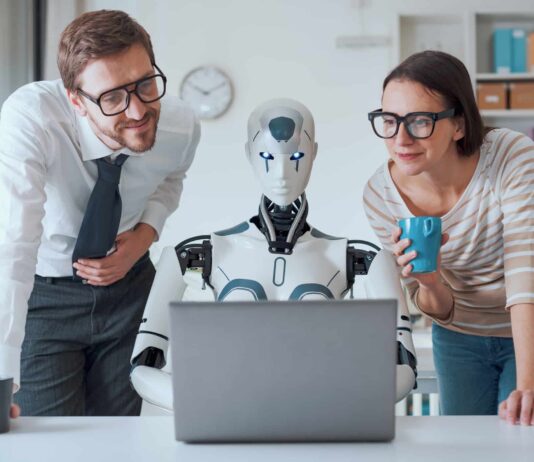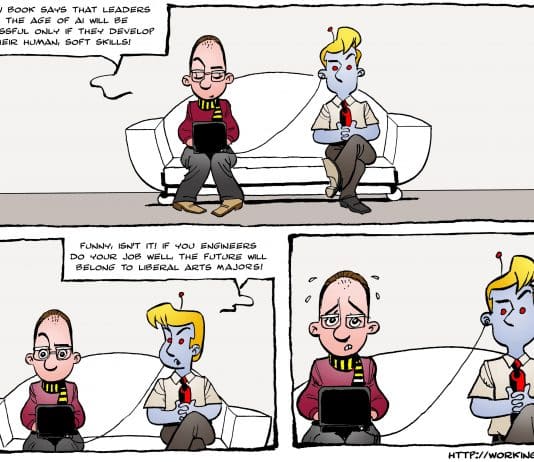Cybersecurity strategies need to change in order to address the new issues that Machine Learning (ML) and Artificial Intelligence (AI) bring into the equation....
In 1956, at a workshop on the campus of Dartmouth College, in Hanover, New Hampshire, the field of artificial intelligence (AI) was born. Attendants...
In 2013, George F. Young and colleagues completed a fascinating study into the science behind starling murmurations. These breathtaking displays of thousands – sometimes...
If you've ever been to an expensive restaurant and ordered a familiar dish like, say, lasagna, but received a plate with five different elements...
Canada has been investing in machine learning and artificial intelligence (AI) for longer than most of the industrialized world. Dr. Geoff Hinton of Google...
In my previous post I argued that if Canada wants to succeed with its AI-focused innovation agenda, it should also be at the forefront...
In the summer of 1956, a small gathering of researchers and scientists at Dartmouth College, a small yet prestigious Ivy League school in Hanover,...
For the Big 4, this moment represents not just a challenge but an existential threat. Their traditional models, deeply rooted in hierarchical structures and slow-moving and risk-averse processes, leave them especially vulnerable to the pace of AI-driven change. If these firms cannot embrace AI and adapt quickly enough to meet the demands of a flipped industry—redefining their value proposition, overhauling their delivery models, and rethinking their leadership structures—then perhaps their time has passed.
Exactly ten years ago, on July 3, 2015, we published the first version of Future of Leadership in the Age of AI. At that time, most discussions about artificial intelligence revolved around automating blue-collar jobs and routine manual tasks. Our contrarian view – based on hands-on experience implementing early AI systems in a large organization – was that AI would impact knowledge work even more profoundly. We envisioned AI evolving into super-smart pattern recognition and prediction machines, capable of augmenting or performing many cognitive tasks traditionally done by white-collar professionals. In other words, AI wouldn’t stop at the factory floor; it would move up the org chart into offices and boardrooms. This perspective was unusual then, but it has since been proven correct. In fact, as one early article presciently noted, AI’s effect on the workplace “will not be limited merely to repetitive, production line-type jobs” and is “increasingly entering the realm of highly trained knowledge workers”. We even argued that managers and executives would eventually work alongside AI, and that’s exactly the world we now see around us. (And have even published a comic on this topic at Working With AI).











